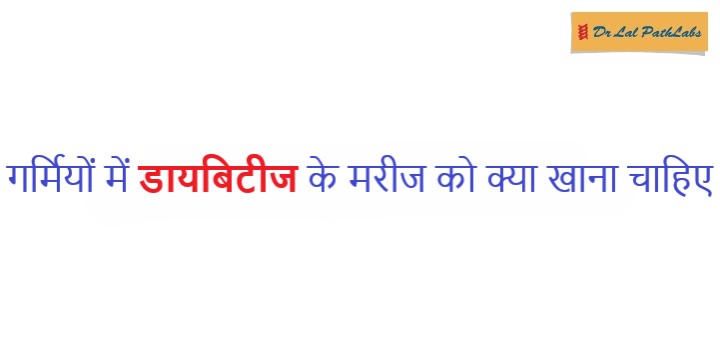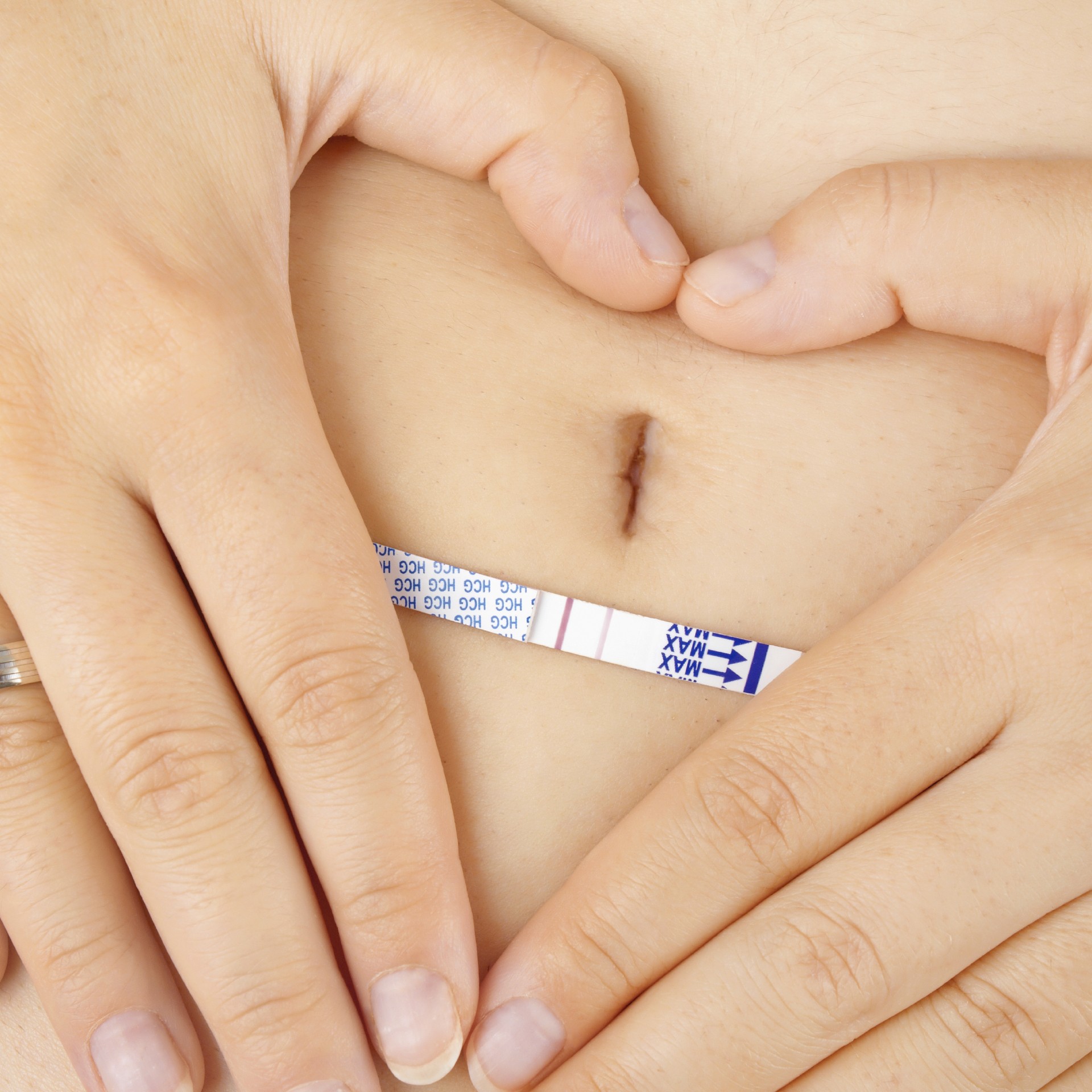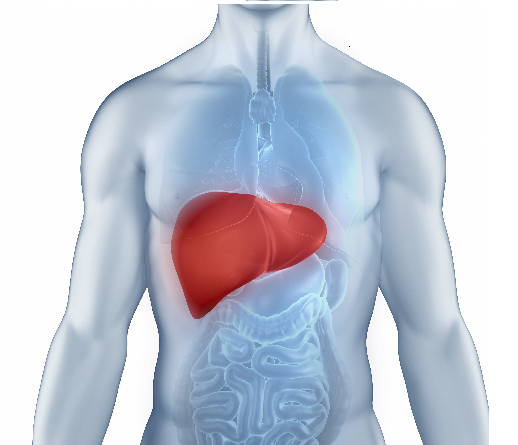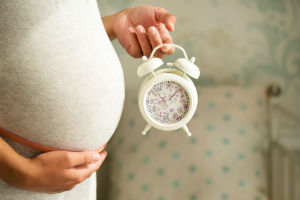Corns vs Calluses: What’s the Difference?
- 27 Mar, 2025
- Written by Team Dr Lal PathLabs
Medically Approved by Dr. Seema
Table of Contents
 Corns and calluses are the body’s protective response to prolonged friction or pressure, but they are not as harmless as they appear. Although they both result in thicker skin, they differ in appearance, location, and degree of discomfort. Corns are small, unpleasant, and often form on toes, whereas calluses are denser and less tender and appear in weight-bearing areas. Understanding callus versus corn differences is imperative to restoring smooth, healthy skin, avoiding discomfort, and providing appropriate care.
Corns and calluses are the body’s protective response to prolonged friction or pressure, but they are not as harmless as they appear. Although they both result in thicker skin, they differ in appearance, location, and degree of discomfort. Corns are small, unpleasant, and often form on toes, whereas calluses are denser and less tender and appear in weight-bearing areas. Understanding callus versus corn differences is imperative to restoring smooth, healthy skin, avoiding discomfort, and providing appropriate care.
What is corn?
A corn is a tiny, round patch of thickened skin that usually appears on bony parts like the toes. Its inner core frequently causes pain and discomfort. Corns are divided into three types. They are:
- Hard corns: Hard corns are found on bony parts like the toes and are dense & thick with a central core.
- Soft corns: Soft corns are wet and white and formed between toes due to trapped moisture.
- Seed corns: Small, challenging, and occasionally painful seed corns grow on weight-bearing surfaces like the soles.
What is a callus?
A callus is a thicker, rougher, and bigger patch of skin that develops on places that bear weight, such as the palms or toes. Unlike corns, calluses form a protective response to repeated pressure or friction and are typically painless.
Symptoms of corns vs calluses
Corns
- Irritated skin forms small, round, raised lumps of hardened skin.
- Swollen spots or bumps could hurt or be uncomfortable.
Calluses
- Parts of skin that are thick, hardened, bigger, and usually more flattened.
- It is less touch-sensitive than the skin around it.
Causes of corns vs calluses
Corns
- Localised pressure on bony areas: Corns develop when pressure concentrates on the toes and other small, bony areas of the foot.
- Narrow shoes: Too tight or narrow shoes put pressure and friction on the toes, resulting in corns. Pointed-toe shoes are a common cause.
- Foot deformities: Uneven pressure points caused by conditions like hammertoes or overlapping toes increase the risk of corns.
- Moisture and friction: Sweat or incorrect drying can trap moisture between toes, creating a wet environment that softens and irritates the skin in soft corners.
Calluses
- Repeated pressure or friction: Calluses are a defense mechanism against continuous pressure or friction. Walking, running, and prolonged standing can all result in thicker skin on the foot’s balls and heels.
- Ill-fitting footwear: Uncomfortably tight or loose shoes cause continuous rubbing, resulting in calluses. Hard-soled shoes and high heels also put more strain on particular places.
- Weight-bearing areas: The heels and balls of the foot, which carry the most weight, are frequently places where calluses develop. Poor foot mechanics or walking can make this worse.
Risks associated with callus vs corn on foot
Risk of callus
- The callus may break, causing discomfort or infection.
- Callus can make standing or walking uncomfortable.
- Foot abnormalities may result from severe thickening of untreated calluses.
Risk of corn
- Corn can hurt, particularly if the pressure continues.
- If the corn pushes into deeper skin layers, there is a risk of infection.
- Corn may cause ulcers in people who have diabetes or circulatory problems.
Corns Calluses Diagnosis
Corn Diagnosis
Doctors diagnose corn by inspecting a small, circular, thicker skin patch with a central core. They ask about discomfort levels, footwear preferences, and friction-causing activities to distinguish corn from similar conditions, such as plantar warts (rough growth on feet).
Callus Diagnosis
Calluses are distinguished by thicker, flatter, and less sensitive skin that is bigger and flatter. They are usually found in the palms or soles. A physician looks for rough, yellowish skin and evaluates pressure distribution to determine the cause.
Calluses and corns are caused by pressure and friction, although they vary in size, location, and degree of discomfort. Calluses are bigger, painless, and found on surfaces that support weight, whereas corns are tiny, painful, and occur on bony parts. With the right shoes and maintenance, these diseases can be avoided and managed for healthier feet.
If unsure about what is a corn vs callus, consult a doctor and book a test through Dr. Lal PathLabs for a thorough evaluation and accurate results.
FAQs
- How can I prevent corns and calluses?
To avoid corns and calluses, wear shoes that fit correctly, avoid tight or narrow shoes, moisturize the feet, and practice good foot hygiene.
- When should I see a doctor for corns and calluses?
Consult a physician if calluses or corns hurt, become infected, or don’t go away with self-care.
- Can corns and calluses go away on their own?
Corns and calluses may disappear with less friction or strain, but full eradication frequently requires the right care or therapy.
- Can ill-fitting shoes cause corns and calluses?
Yes, poorly fitted shoes are a typical cause of corns and calluses because they put too much pressure and friction on the skin.














